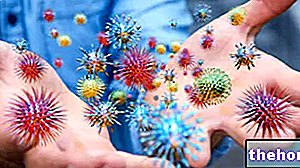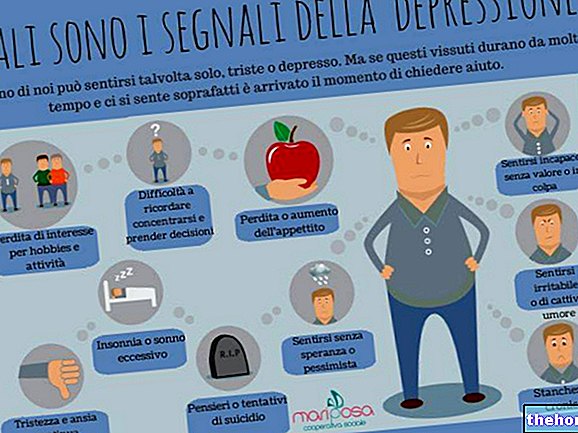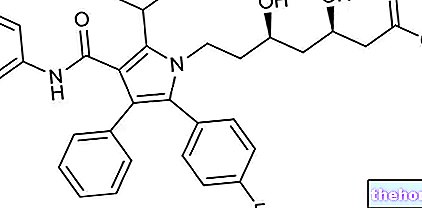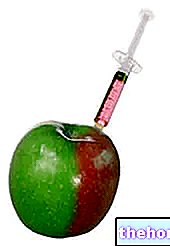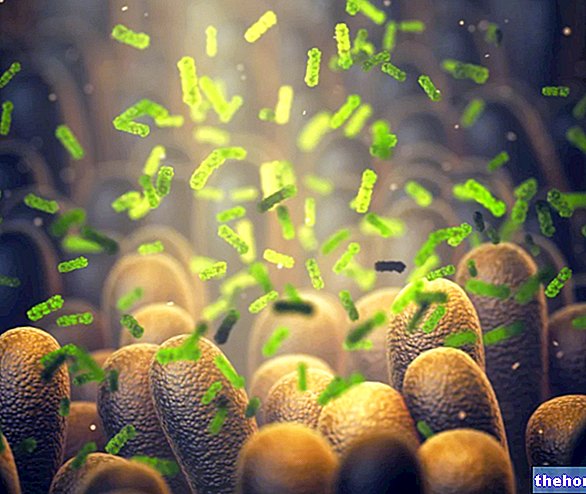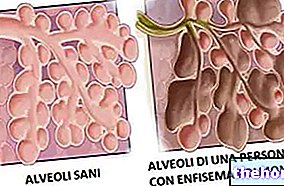
The onset is more common in the young adult, around the age of 20. It is characterized by excessive anxiety and worry about several situations or activities, such as work or school performance. They are associated with at least 3 autonomic symptoms such as: restlessness, tension, irritability, difficulty concentrating, memory lapses, easy fatigue, sleep disturbances. These manifestations cause significant distress and must last for at least 6 months for ADD to be diagnosed.
The trend tends to be chronic, and its evolution towards panic disorder or depression is common.
Management includes psychotherapy and drug therapy with anxiolytics and / or antidepressants.
they are the direct consequence of a non-psychiatric illness. These symptoms can take the form of a panic attack, generalized anxiety, obsessions or compulsions.
There are many medical conditions that can cause anxiety and include diseases:
- Neurological: epilepsy, migraine, brain tumors, encephalitis, multiple sclerosis, Parkinson's disease;
- Cardiovascular: arrhythmias, heart failure, pulmonary embolism;
- Respiratory: pneumonia, asthma, emphysema, chronic bronchitis, hyperventilation syndromes;
- Metabolic: vitamin B12 deficiency, pellagra;
- The endocrine system: hypo or hyperthyroidism, hypercorticosadrenalism, pheochromocytoma;
- Systemic: tumors, autoimmune diseases, various types of infections.
The symptoms present are such as to produce significant discomfort or to compromise the life of the subject.
Treatment consists of the removal, when possible, of the underlying disease associated with the use of psychotherapy and drug therapy.
Symptoms include generalized anxiety, panic attacks, obsessive or compulsive manifestations, phobias.
The compounds that most frequently cause such a disorder are:
- Substances: alcohol, amphetamines, cannabis, cocaine, hallucinogens (ecstasy, LSD), opiates, various inhalants;
- Medicines: sedatives, hypnotics, anxiolytics, antidepressants, anesthetics, analgesics, NSAIDs, cardiovascular drugs (antihypertensive, digitalis), steroids, thyroid drugs, bronchodilators, estrogens.
Symptoms generally disappear with withdrawal of the substance. If this is not the case, the possibility that an irreversible injury has occurred due to the substance in question must be considered.
Even in this condition it is however useful to resort to psychological and pharmacological interventions.
significant phobic disorders that do not meet the criteria of any specific anxiety disorder previously treated.An example is that of mixed anxiety-depressive disorder, characterized by an unpleasant psychic condition with sadness, anxiety and irritability (dysphoric mood), which lasts for at least a month, associated with difficulty concentrating, a sense of "empty head", alterations sleep, feeling fatigued or low in energy, hypervigilance, worry, easy crying, tendency to negative predictions for the future, despair, low self-esteem, or feelings of self-loathing. The association of gastrointestinal disturbances with these symptoms is also quite common.
The therapy is based on the use of anxiolytics and antidepressants, without neglecting psychotherapy.
Other articles on "Anxiety Disorders"
- Post-traumatic stress disorder and acute stress disorder
- Anxiety
- Anxiety: normality or pathology
- Panic disorder and / or agoraphobia
- Phobias
- Obsessive Compulsive Disorder
- Anxiety - Medicines to Treat Anxiety
- Anxiety - Herbal Medicine

